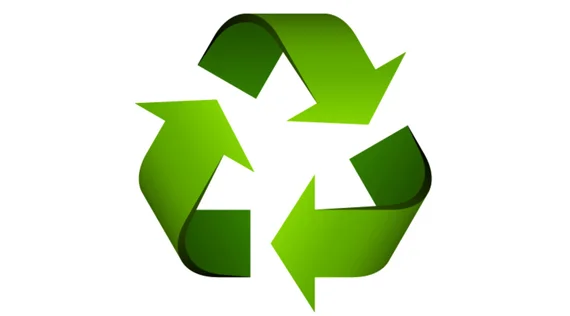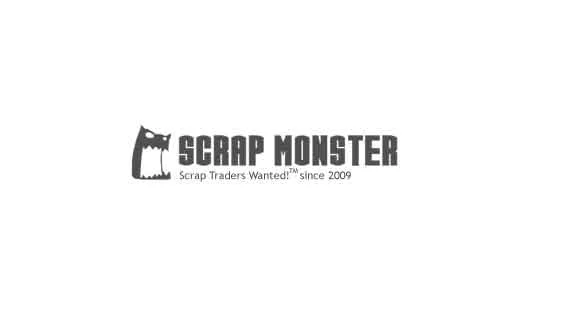
SEATTLE (Waste Advantage): Penn Waste is all systems go after adding new optical sorting and artificial intelligence (AI) technologies to the company’s state-of-the-art Single Stream Materials Recovery Facility (MRF) in York, Pennsylvania. Provided by Bulk Handling Systems (BHS), the upgrade boosts the facility’s capacity by almost 30% from 35 to 45 tons per hour (tph), while at the same time increasing recovery, improving product quality, and reducing labor costs. This comes on the heels of Penn Waste’s addition of a Nihot SDS 800i drum separator earlier in the year to increase their capacity to purify glass.
Ongoing shifts in the material stream and increasing pressure from export markets for improved product quality has many recycling facilities scrambling for ways to increase end-product purity while still maintaining acceptable financial results. After seeing other processors adding labor and slowing down their lines to try to address the problem, Penn Waste president and owner, Scott Wagner, made the proactive decision to further invest in the facility to stay ahead of the competition. The $3.5 million investment includes three new NRT optical sorters and a Max-AI™ Autonomous Quality Control (AQC) unit. The Max-AI AQC employs a neural network-based AI to identify materials in a similar way to a person. Rather than using deterministic sensors, Max relies on its vision system and probabilistic decision making to provide robotic quality control for the plant’s PET containers.
To enhance container quality and improve fiber recovery, a new NRT SpydIR® optical sorter removes small cardboard boxes from the container line. The plant’s HDPE sorter was replaced by a new, larger NRT SpydIR, which is followed by a new NRT ColorPlus that sorts the HDPE by color. A new eddy current separator increases UBC recovery. At the end of the line, the SpydIR® that had previously recovered HDPE was combined with an integrated MetalDirector™ that boosts the plant capture rate by recovering the last few plastic and metal containers that were missed by the main sorting process.
Courtesy: https://wasteadvantagemag.com



| Copper Scrap View All | |
| Alternator | 0.32 (0) |
| #1 Copper Bare Bright | 3.72 (-0.03) |
| Aluminum Scrap View All | |
| 356 Aluminum Wheels (Clean) | 0.73 (0) |
| 6061 Extrusions | 0.64 (0) |
| Steel Scrap View All | |
| #1 Bundle | 460.00 (0) |
| #1 Busheling | 480.00 (0) |
| Electronics Scrap View All | |